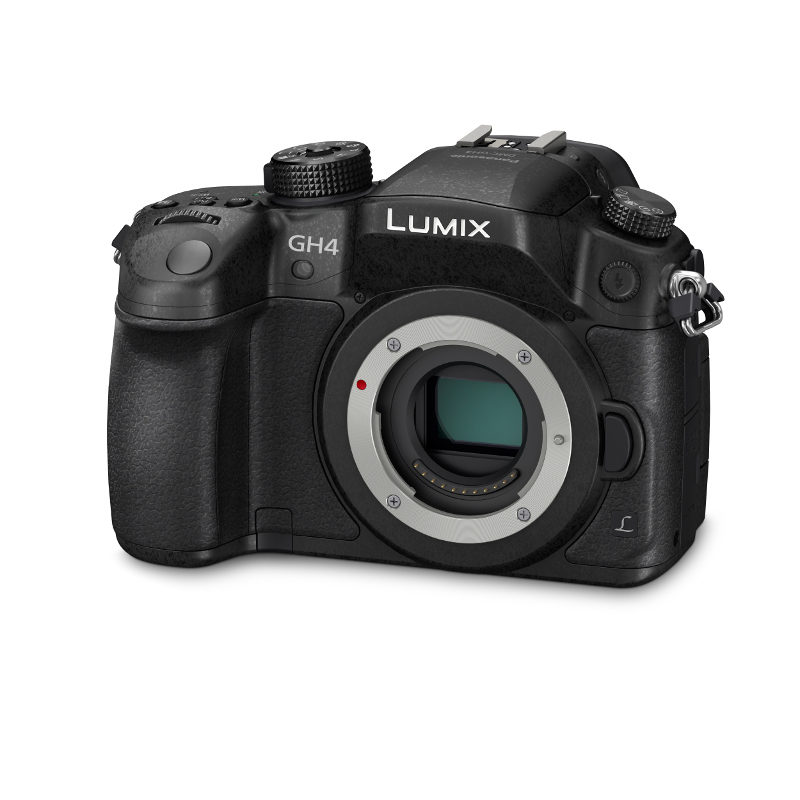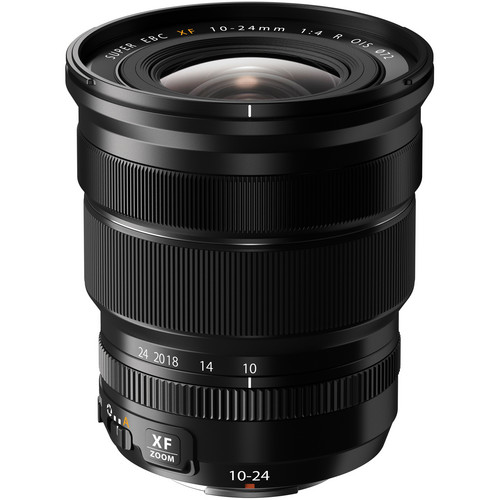Panasonic Gh4 finally gets a price in Europe: 1499 Euro!

The GH4 is a hell of a hybrid camera but Panasonic “forgot” to mention the actual price of the camera. Well,after a couple of hours the first European Store unveiled the price: 1499 Euro for the body only (Source: DealsRunner).
Actually a very good price for the first 4K mirrorless and interchangeable lens camera of the world!







